The Hunter Centre asked me to write about my experience of caring for my mother. As an organisation that supports people living with dementia and their carers, they wanted to bring a personal perspective to navigating this sometimes challenging area. I wrote the following post for them. It is a summary of my caring journey with links to what I learned along the way. I do hope it is helpful to other carers.
Dementia takes hold
In October 2015, my mother woke up one morning and didn’t recognise her home of twenty years. Following a series of mini-strokes dementia had taken hold of her, and she had become suddenly confused about which period of her life she was living in. I was staying with her at the time. I sought medical help and mum was admitted to hospital, where she stayed for six weeks.
The dramatic decline in my mother’s cognitive ability was hugely distressing. In the hospital ward, she was unable to find her way back from the toilet to her bed two metres away. The previous week mum had been living on her own and driving a car. Now she was suddenly at sea.
It was clear mum would need 24-hour care after leaving the hospital, so my sister found a care home. I spent increasing time in mum’s home in South Wales so I could visit her, first in the hospital and then in the care home. Looking out for mum became my most important job. My actual (paid) job could be done from anywhere with an internet connection, so I organised myself between mum in South Wales, and my regular life in Brighton four hours away.
Learning how to care for mum
I was encouraged by an innovative new approach in dementia care and started to blog about my efforts to improve mum’s wellbeing. I got the care home management and hospital consultant onside to help, but the magic formula proved elusive.

I learnt and wrote about how I negotiated difficult issues as they arose. For example, leaving mum at the end of a visit was often fraught. So, after researching this tricky subject, I wrote what I learnt about “how to say goodbye.” Like most of my posts, it includes a summary of available guidance with links to useful resources.
Another common issue was that I would often find mum distressed when I arrived at the care home. While relieved to see me, she remained upset or anxious. I explored and shared strategies that worked to help tackle mum’s anxiety and low moods.
If mum was particularly anxious I found breathing and mindfulness exercises helped. This post includes a video link, where dementia care guru Teepa Snow, demonstrates an effective breathing exercise for carers and people living with dementia.
When mum’s beloved sister died, I wrestled with the decision of whether to tell her. Telling white lies is a contentious issue in the world of dementia care, and I regretted the decision I made. So, I wrote what I learnt in a post entitled “my treacherous lie: dementia, death and deception.”

After eighteen months in the care home we were informed that mum would need to move to a new room on a different floor. I knew that moving can be particularly challenging for people with dementia. So, I learnt what might help facilitate the move.
Important to take care of yourself
Mum’s continuing distress took its toll on me. I discovered the hard way the importance of taking care of yourself. From being healthy and fit, I was hospitalised twice. Regular infections quickly became serious, and as my immune system overreacted, I developed sepsis on both occasions. I wrote three top tips for carers of people living with dementia to encourage others to take care of themselves. I also discovered that I could draw on mindfulness in times of intense emotional turmoil.
Bringing mum back home

After two and a half years mum didn’t seem to be any more settled than when she first arrived at the care home. The manager described mum as their “most tragic case”! I had this nagging feeling mum would be better off back in her own home, with me. It would mean I would be away from my husband and my home more continuously for another year, which would be difficult. But having explored the idea for a while, one visit finally nailed it for me. Showing lots of insight into her situation mum told me how frightened she was to be left on her own. I resolved to bring mum home.
The first few weeks with mum at home were difficult. I had to learn how to cope with sleep deprivation. I eventually got help from social services and managed to secure more time for me. Without this support, I’m not sure I could have survived the year.
Activities with mum
I learned lots of creative ways to care for mum during my year living with her. Helping mum remember her past was especially powerful at times. Bribing the neighbour’s cat to spend lots of time with us was a huge hit. When I learnt to let go, preparing food together was fun and enjoyable for both of us.
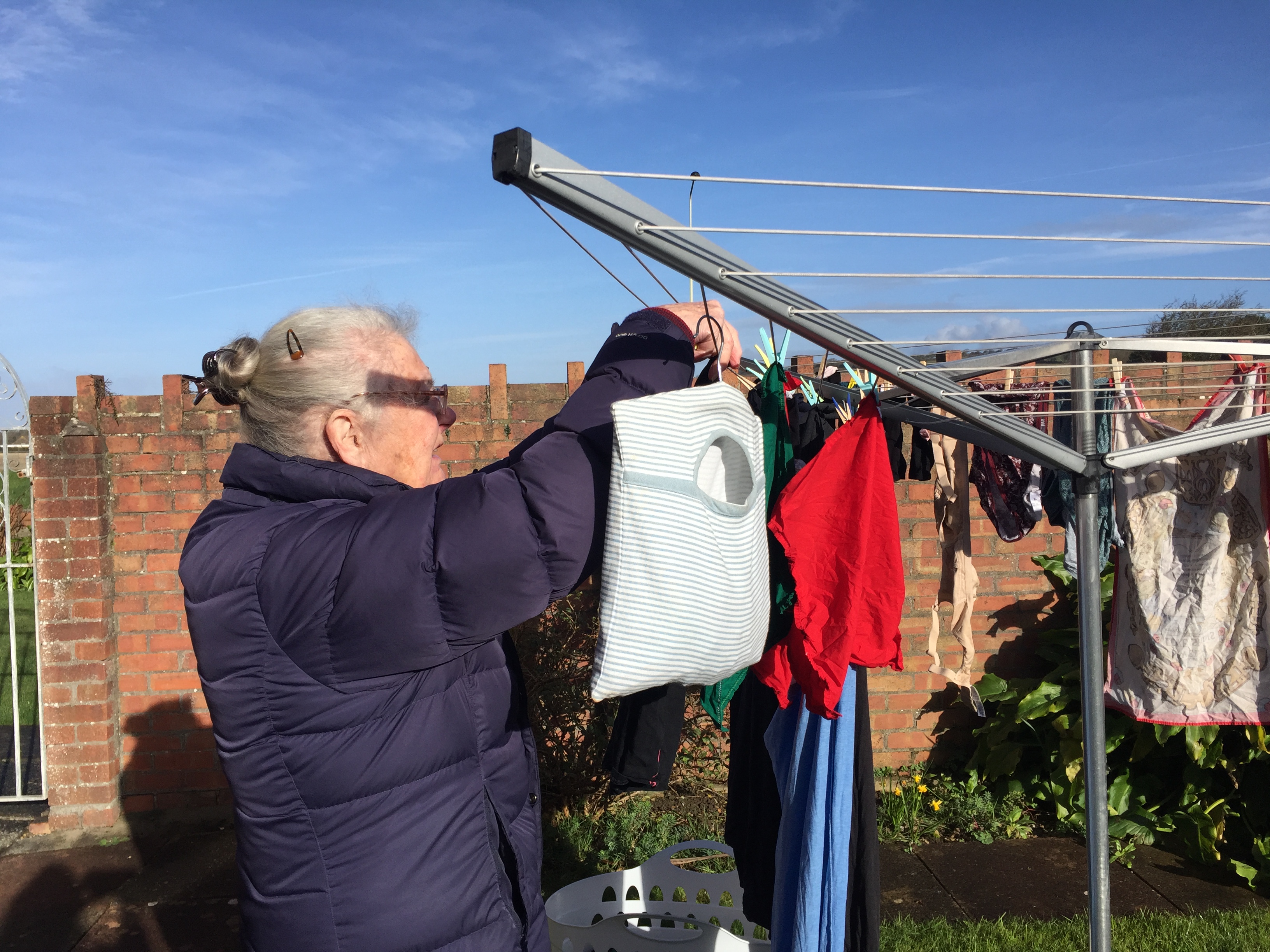
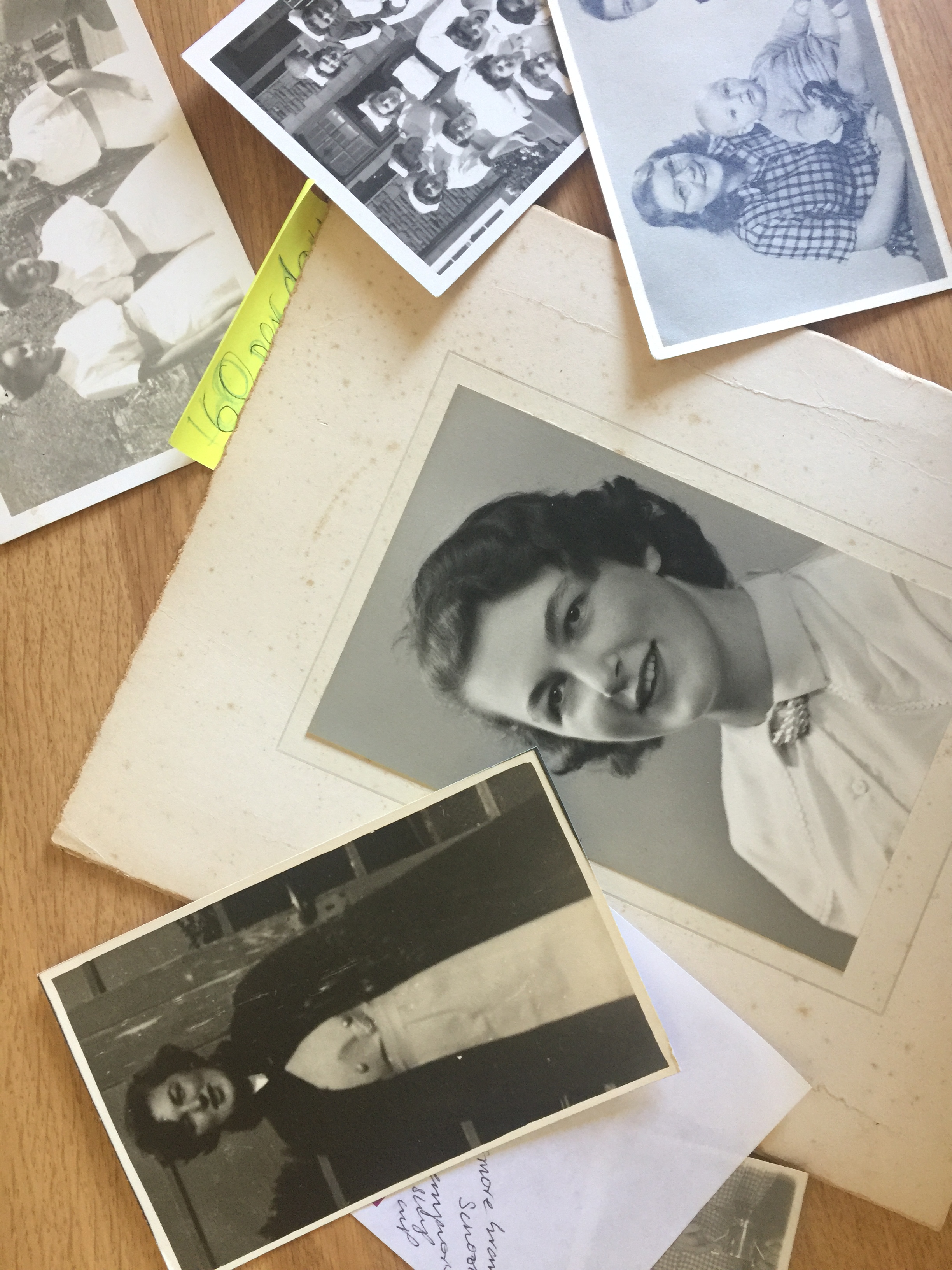
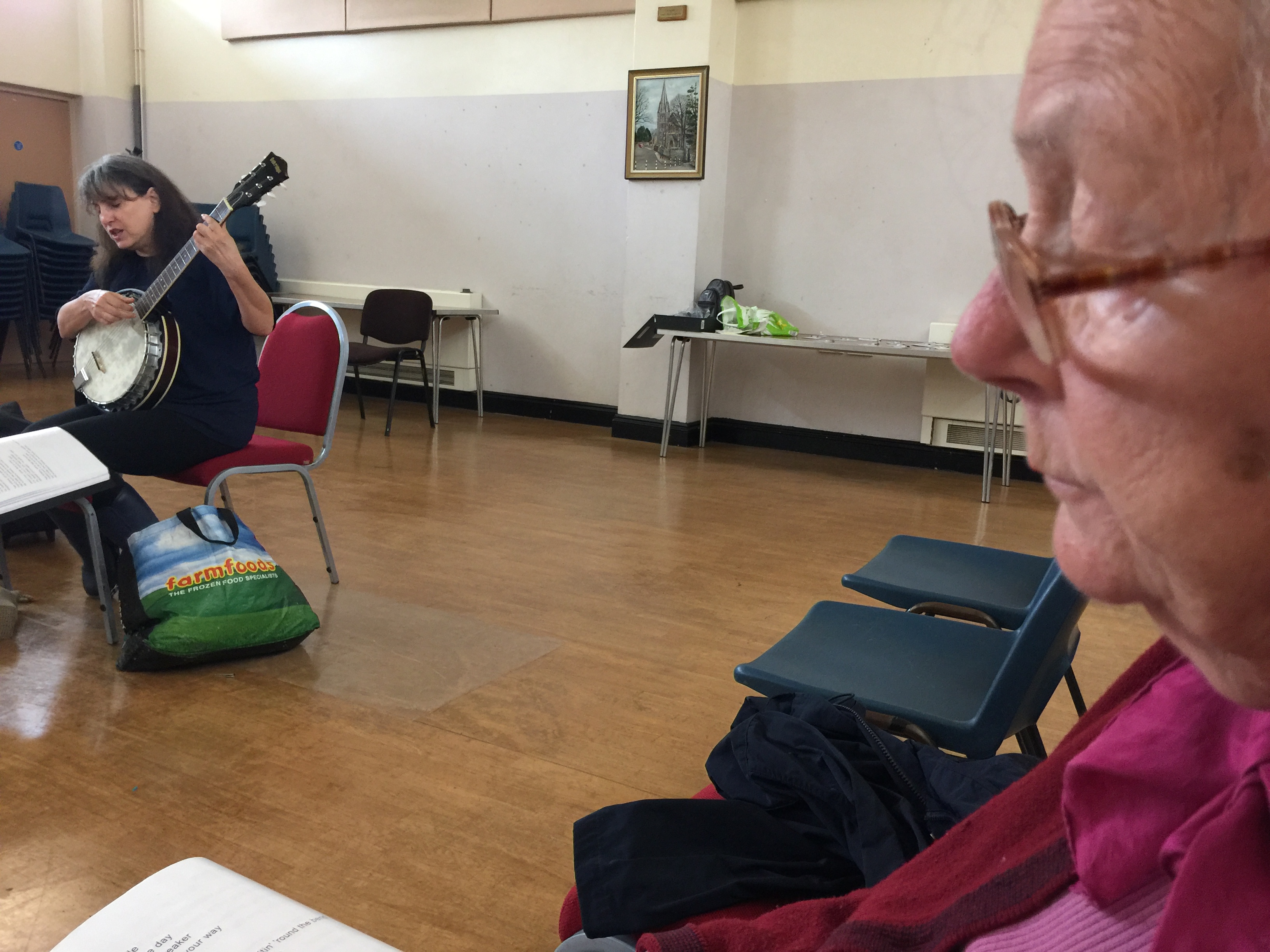

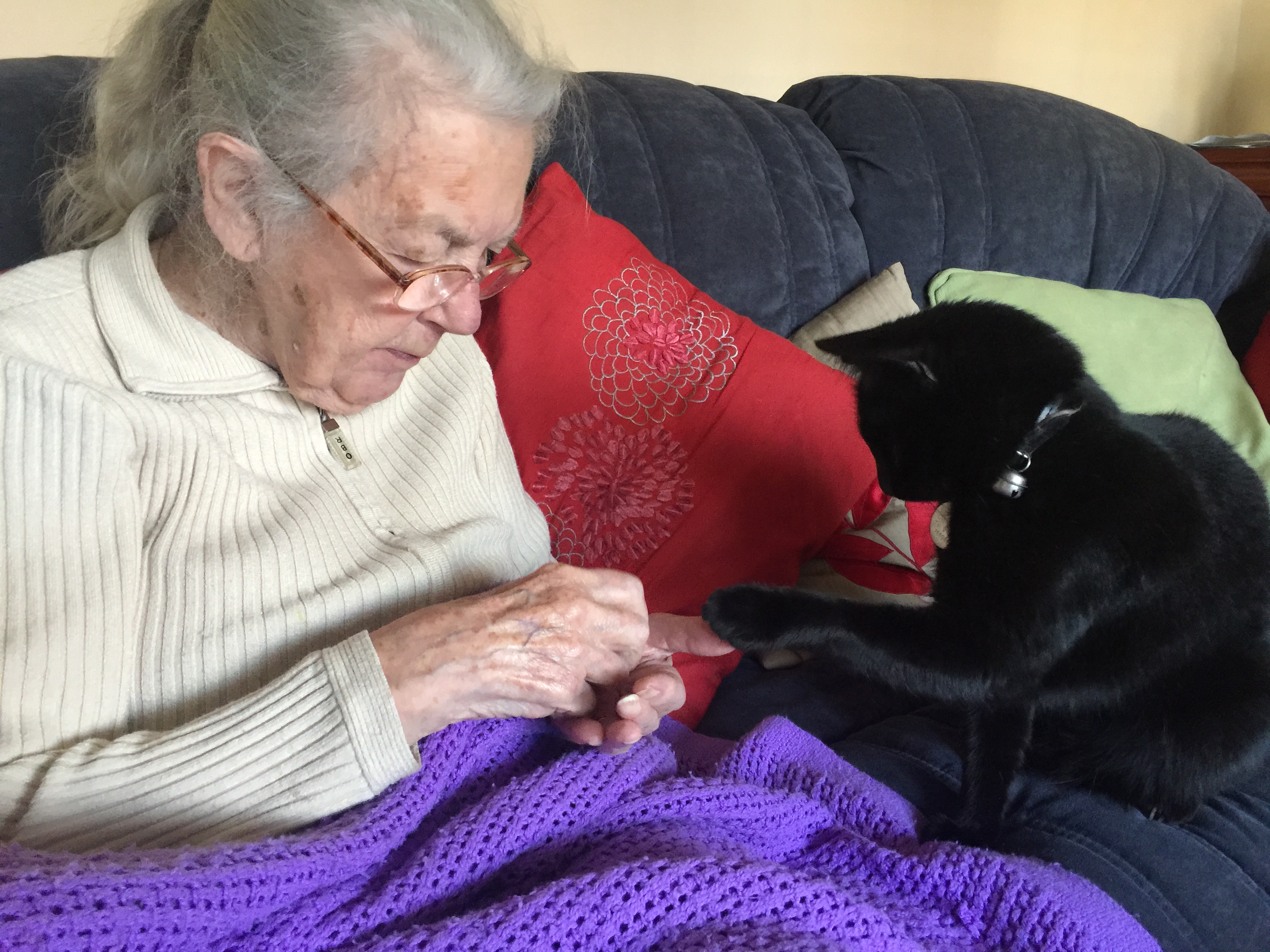
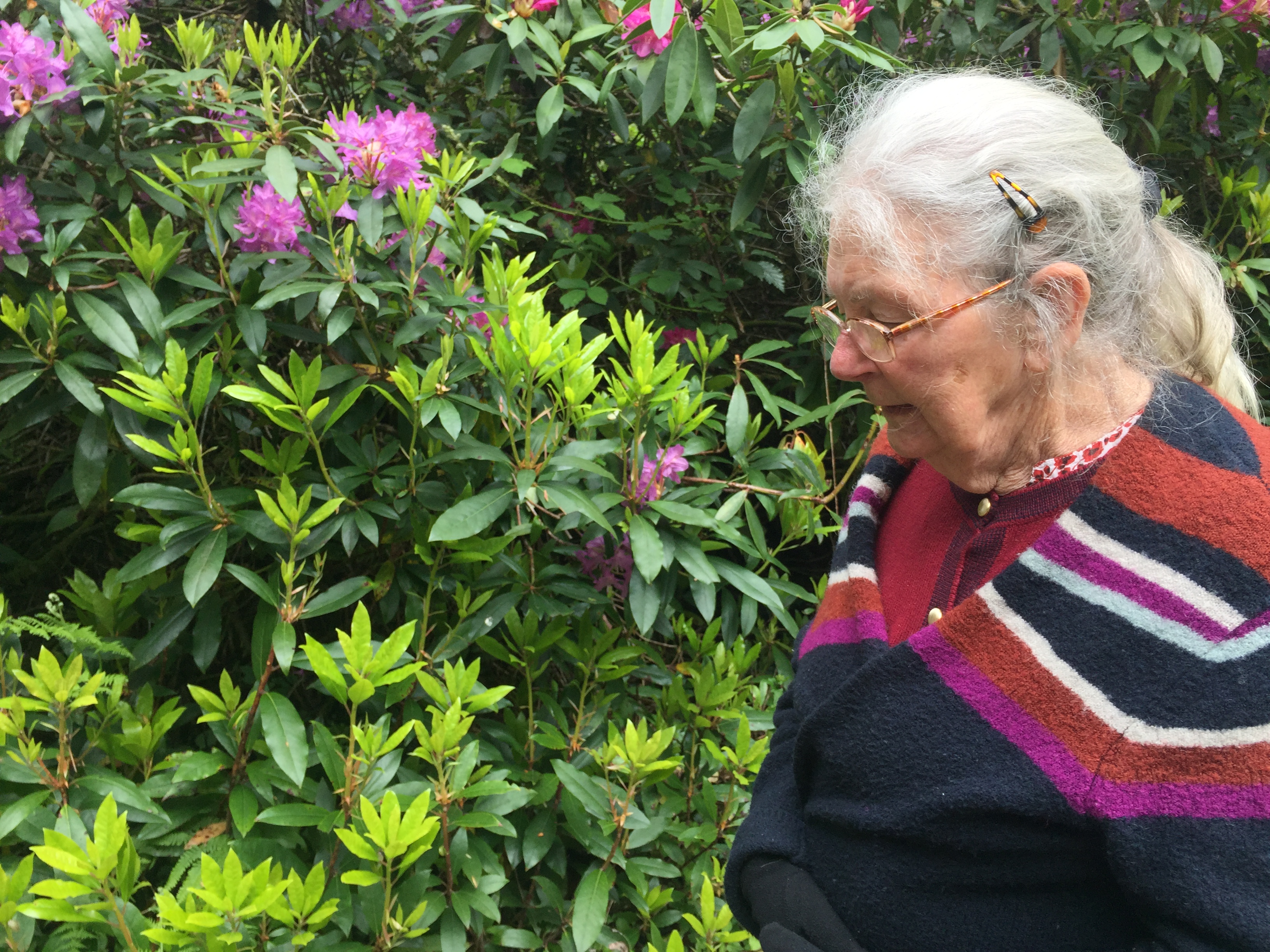


Mum loved going for walks, looking at beautiful views and seeing birds, trees and plants. This enabled her to be in the present moment, with less opportunity to worry about gaps in her memory or to fear what would happen next. In nature, mum could enjoy life. So, when the weather allowed, we were out on walks by the sea, down local lanes and in wildlife parks.
Mum was a committed Christian and I helped her go to church as often as we could. Being at church made sense to mum. It reassured her that all was well in the world. It created a sense of normality and wellbeing, and this continued right up until the end.
Looking for a care home
Last August the year of living with mum came to an end. I had committed to spend one year living with mum at her home. At the end of that time I resolved to establish mum in the best care home I could find in her hometown, before returning to my own home.
I wrote more blog posts on looking for a good care home than on any other topic. Though, by the time mum eventually moved into a care home I didn’t feel any the wiser on that subject. Once in the new care home, I explored ways to help mum settle.
Sadly, mum didn’t last long in the new care home before strong negative feelings emerged once again. When she expressed suicidal wishes, she was referred to the hospital consultant and was admitted to a dementia ward. Things steadily deteriorated until mum was referred to another dementia ward in a nearby hospital.
At last, good dementia care
The new ward was more like a care home in the way it was set out, though there was one significant difference. Unlike the ‘dementia specialist’ care homes and wards mum had stayed in previously, here the staff were clearly well trained. And there were enough staff to meet the complex needs of their residents.
Last chapter
I felt things were looking up for a short time, until mum became ill with a bad infection in the run up to Christmas last year. My husband and I were already on our way to Wales to be with mum for Christmas, so I spent the festive season holding her hand as she slipped away. Mum died peacefully just after Christmas. In the new year, we celebrated mum’s life with friends and family at a service in mum’s church.
I am now trying to pick up my life where I left off over four years ago. It’s not so straightforward. So much has changed, including me. Though there are some things I’m clear about. I learnt so much from mum and her dementia. I found my love for her had no bounds. Of course, there were challenging times when I felt I couldn’t cope. But above all, I learnt about what’s most important in life; spending precious time with those you love. I am so grateful to have had that time with mum and I wouldn’t change a thing – except perhaps the dementia.
